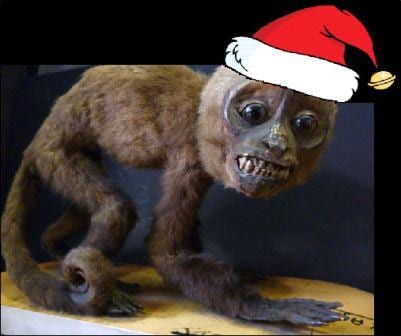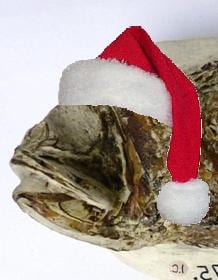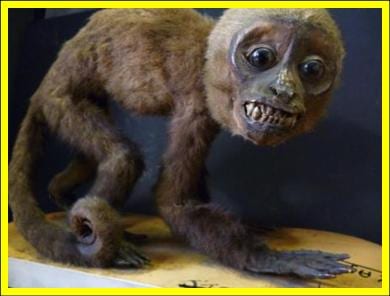This is one of the easier spots in our “What’s the difference” series, but also one of the most commonly erred of all the picked nits. Zoologists are a pedantic bunch, and whilst correcting people just to demonstrate that you know more than them is not an effective engagement model, the world would be a better place* if more people landed on the right side of the seal vs sea lion dichotomy. The difference is, after all, at the same taxonomic level as otters and red pandas, and few would confuse them.
Seals vs Sea lions: The taxonomy of seal-ish things
All of these things are pinnipeds – a sub-group of the order Carnivora. Pinnipeds are split into three families – True Seals (Phocidae); Eared Seals (Otariidae) and the Walrus (the sole member of Odobenidae).
Let’s dispatch with walruses – they are easy to spot with their tusks.
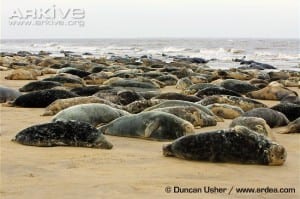
True seals cannot raise their bodies onto their hind or fore limbs
True seals are the animals that look most like overweight tubes of toothpaste – all of the species we get around the UK are true seals (except for the occasional walrus). Grey seals, leopard seals, elephant seals, harp seals and ringed seals are among the 19 species of true seals.
Eared seals are the 16 species that are commonly named sea lions – because of the males’ manes- and fur seals – because of their dense underfur (for which they were heavily persecuted).
Only true seals are “seals”. Eared seals are not seals; they just look a lot like them.
The two easiest characteristics to look out for when trying to work out whether an animal is a true seal or an eared seal (I expect you can guess what one of them is) are…
Q: Can it walk? (more…)
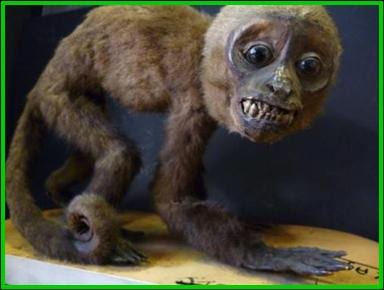 Only two days left to conjure up all manner of good intentions and promises to yourself that you’ll be determined to keep until the first slip and then give up until the following New Year. Last year my New Year’s resolution was to start at one end of my (many) bookshelves and read my way through my ‘library’. I did pretty well, until I got to a boring book and then tailed off. In retrospect, I should have thrown the book out and kept going. This year I think I’ll make life a little easier on myself and make the resolution to watch more DVDs. With 48 hours left until the resolutions need to be made, here is a suitably New Year’s Eve-y specimen to get you in the mood. This week’s Specimen of the Week is… (more…)
Only two days left to conjure up all manner of good intentions and promises to yourself that you’ll be determined to keep until the first slip and then give up until the following New Year. Last year my New Year’s resolution was to start at one end of my (many) bookshelves and read my way through my ‘library’. I did pretty well, until I got to a boring book and then tailed off. In retrospect, I should have thrown the book out and kept going. This year I think I’ll make life a little easier on myself and make the resolution to watch more DVDs. With 48 hours left until the resolutions need to be made, here is a suitably New Year’s Eve-y specimen to get you in the mood. This week’s Specimen of the Week is… (more…) Close
Close



